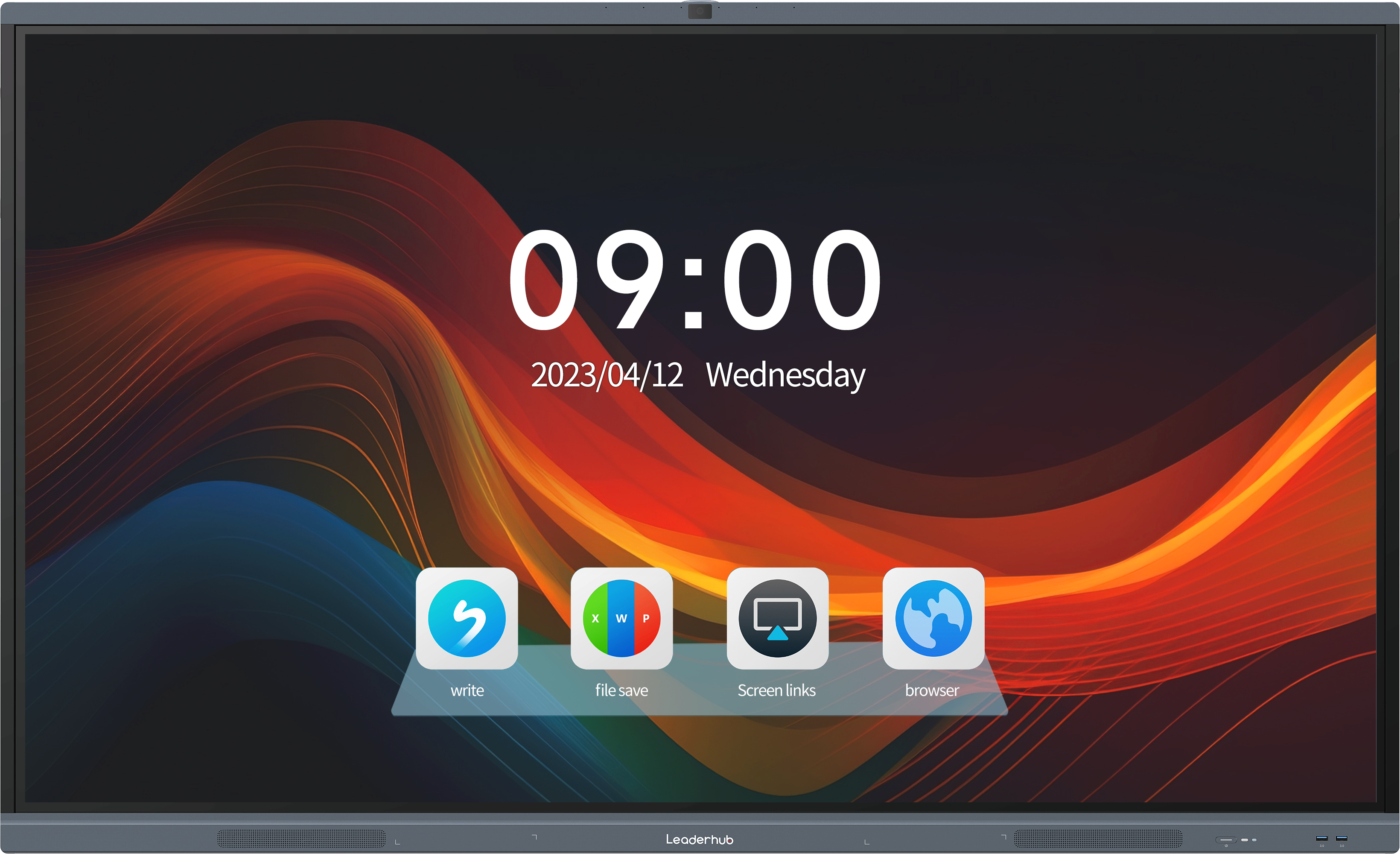
Distance education has seen significant growth in recent years, thanks to advancements in technology and the need for flexible learning options. One technology that holds great promise in this field is the classroom interactive whiteboard. This article aims to discuss the application prospects of this innovative tool in distance education, highlighting its benefits, challenges, and potential future developments.
The Benefits of Classroom Interactive Whiteboard in Distance Education
1. Enhanced engagement: Interactive whiteboards offer a dynamic and engaging learning experience. Students can actively participate by interacting with the board, manipulating digital content, and solving problems collaboratively. This fosters a sense of involvement and improves knowledge retention.
2. Visual learning aid: Whiteboards provide a visual platform to present complex concepts, diagrams, and multimedia content during online lectures. This visual aid enhances understanding and bridges the physical gap between students and instructors in distance education settings.
3. Real-time feedback: With the use of interactive whiteboards, instructors can instantly assess students' understanding and provide feedback. This allows for immediate clarification of doubts, facilitating a supportive learning environment even in remote settings.
Challenges and Considerations
1. Technical requirements: To fully utilize the benefits of interactive whiteboards in distance education, students may require access to suitable devices, reliable internet connections, and compatible software. Ensuring these technical requirements are met can be a challenge, especially in regions with limited resources.
2. Training and support: Faculty and students need proper training to effectively use and navigate interactive whiteboard systems. Institutions must invest in comprehensive training programs to empower educators in utilizing this technology optimally.
3. Interactivity limitations: Some interactive whiteboard features, such as touch recognition and handwriting support, may have limitations when used remotely. To overcome this challenge, more research and development need to be undertaken to improve the overall user experience.
The Future of Classroom Interactive Whiteboard in Distance Education
1. Augmented reality integration: Integration of augmented reality (AR) technology with interactive whiteboards can create immersive learning experiences. AR can provide virtual simulations, enabling students to explore and interact with real-world scenarios, regardless of their geographical location.
2. Artificial intelligence assistance: Advancements in artificial intelligence can enhance the functionality of interactive whiteboards. AI-powered features, such as personalized recommendations and automated content analysis, can improve the quality and effectiveness of distance education sessions.
3. Seamless collaboration tools: The future holds the potential for improved collaboration tools on interactive whiteboards. Students and instructors will be able to collaborate synchronously, share content seamlessly, and work on group projects in real-time using these enhanced features.
Conclusion
The classroom interactive whiteboard brings numerous benefits to distance education, including enhanced engagement, visual learning aid, and real-time feedback. Despite challenges like technical requirements and training needs, the future of this technology looks promising. With advancements in AR integration, AI assistance, and seamless collaboration tools, interactive whiteboards have the potential to revolutionize distance education and provide an interactive and immersive learning experience for students worldwide.

